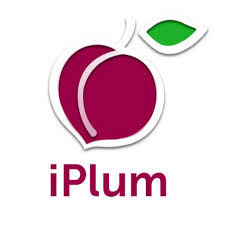
Voicemail is still an important communication channel in regulated industries. Healthcare providers receive patient updates, financial advisors get client instructions, and both often need to store these messages for compliance purposes. The challenge is that voicemail systems can expose sensitive information if they are not secured. Adding transcription services introduces more complexity because audio is converted into text that must also be protected.
This guide explains how organizations in healthcare and finance can protect voicemail and transcription data while meeting regulatory requirements.
Security Risks with Voicemail and Transcription
Voicemail and transcriptions can both contain sensitive personal or financial details. If systems are not encrypted or access is poorly controlled, unauthorized parties could intercept or retrieve this information. HIPAA considers voicemail containing patient information to be part of a patient’s designated record set, which means it must be secured. FINRA applies similar expectations for voicemails in financial firms, requiring secure storage and retention in accordance with Rule 17a-4.
The risks range from weak passwords on voicemail boxes to transcription services storing data without compliance safeguards. Any gap in security could result in regulatory penalties and loss of client trust.
Best Practices for Secure Voicemail
To secure voicemail in regulated industries, organizations should focus on encryption, authentication, controlled storage, and retention policies. Encryption ensures that intercepted messages cannot be read. Strong authentication prevents unauthorized access to voicemail boxes, especially on mobile devices. Storage locations must meet compliance standards, avoiding unsecured email inboxes or non-compliant cloud services. Finally, retention policies should align with applicable regulations, retaining messages for the legally required period and no longer.
Best Practices for Secure Transcription
While voicemail security is widely discussed, transcription introduces unique challenges. If you’re looking to transcribe your communications, you’ll want to consider the following:
1. Choose a Compliant Service Provider
Transcription providers must adhere to the same compliance rules as the organization. For healthcare, this means having a signed Business Associate Agreement (BAA). For financial services, providers must follow recordkeeping and supervision requirements.
2. Encrypt Transcribed Text
Just like audio, transcribed messages must be encrypted in storage and during transmission to prevent unauthorized access.
3. Integrate with Archiving Systems
For compliance, transcriptions should be integrated with secure archiving systems so they are easy to retrieve for audits or investigations.
4. Monitor and Audit Access
Keep detailed logs of who accesses transcriptions and when. This helps demonstrate compliance and detect suspicious activity.
Conclusion
Voicemail and transcription services can be used safely in regulated industries if they are supported by strong security practices and compliance-focused workflows. Encryption, authentication, compliant providers, and integrated archiving together create a strong defense against data breaches and regulatory violations.
By implementing these best practices, healthcare organizations and financial firms can ensure that every message is handled with care, protecting both sensitive information and the trust of the people they serve.



%20(1).avif)
.avif)

